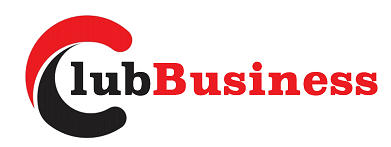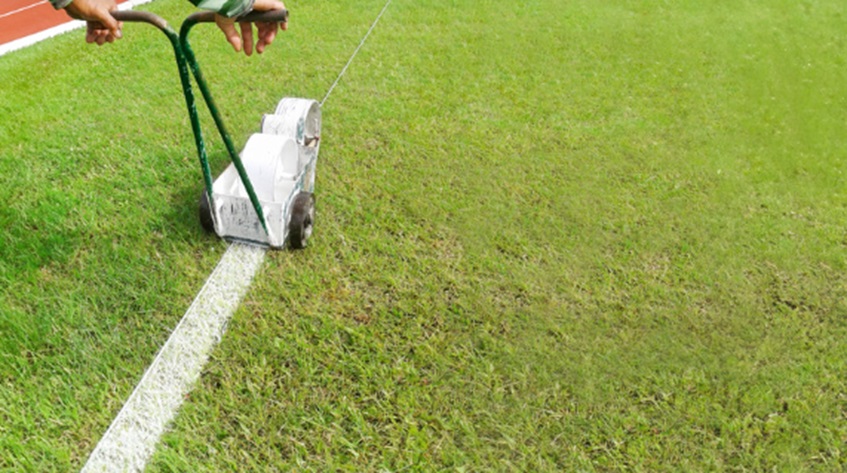Field marking plays a crucial role in the maintenance and professional appearance of sports fields. Whether it’s a football, soccer, or baseball field, the clarity, durability, and safety of markings rely heavily on the type of paint used. Field marking paints are formulated to meet specific surface requirements, withstand environmental exposure, and deliver consistent visibility over time.
For businesses offering professional marking services, selecting the right type of paint ensures compliance with athletic regulations and provides long-term value by reducing the frequency of repainting.
Breaking Down the Types of Field Marking Paints
The three primary categories of field marking paints are water-based, solvent-based, and hybrid paints. Each offers distinct advantages, depending on the field’s surface and usage.
Water-based paints are widely used due to their lower environmental impact and ease of cleanup. These paints are safe for natural turf, fast-drying, and often preferred for schools and community sports fields. However, their durability in wet weather or under heavy foot traffic can be limited.
Solvent-based paints are known for their long-lasting finish and superior weather resistance. They bond well to synthetic turf and other non-porous surfaces, making them ideal for high-performance environments. These paints require more safety precautions during application but offer unmatched durability in return.
Hybrid paints combine the strengths of both water-based and solvent-based formulations. They offer increased adhesion, quicker drying, and better longevity while still being turf-safe and environmentally considerate. These options are growing in popularity among professionals aiming for a balance between performance and sustainability.
Factors That Influence Paint Selection
Aside from paint composition, several factors influence how well field markings perform:
- Color vibrancy and retention are crucial for visibility, especially during night games or televised events.
- Drying time affects how quickly a field can be returned to use after application.
- Turf compatibility ensures the paint does not damage grass or synthetic surfaces.
- Weather conditions and seasonal factors dictate the resilience needed from the paint.
- Application method—whether sprayed by hand or with a machine—impacts paint consistency and coverage.
These elements are important considerations when choosing paints for professional settings. A reliable product not only enhances the appearance of the field but also reduces maintenance cycles.
Pairing Paint with Equipment for Maximum Efficiency
To ensure optimal results, it’s essential to pair the right paint with suitable equipment. Precision sprayers and line stripers can apply paint more evenly and minimize waste, making the job more cost-effective.
Professionals looking to streamline their operations often focus on maximizing efficiency with field paint marking equipment, which ensures even distribution, sharp lines, and reduced downtime. The right combination of tools and paint helps achieve high-quality markings that meet sports facility standards.
By utilizing machines designed for consistent output, field maintenance teams can avoid problems like overspray, faded lines, and unnecessary rework. Compatibility between the paint and equipment also contributes to longer-lasting results and increased operational efficiency.
Conclusion
Choosing the appropriate field marking paints is vital for ensuring visibility, safety, and longevity on sports fields. From understanding the differences between water-based, solvent-based, and hybrid options to selecting the right equipment for application, every choice matters. When professionals focus on quality and compatibility, the result is a field that not only looks exceptional but performs reliably throughout the season.

